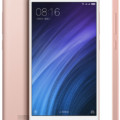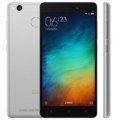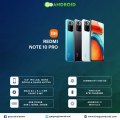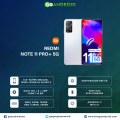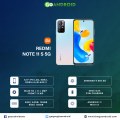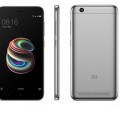Xiaomi 12 Ultra
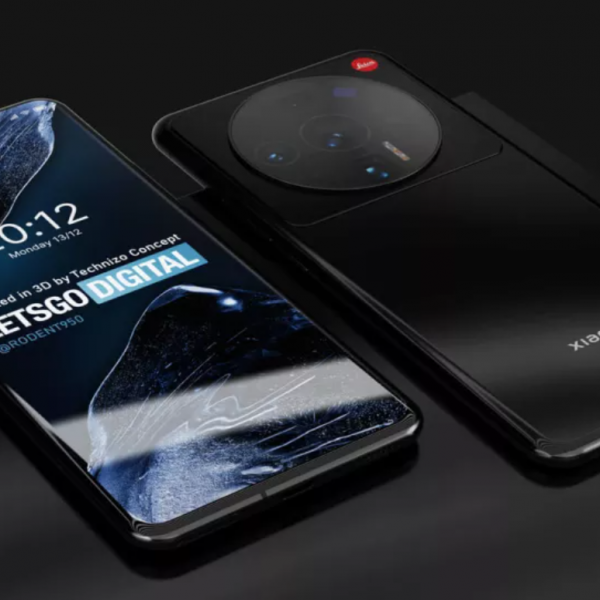



-
SoC: Qualcomm Snapdragon
-
RAM: 8GB/ 12GB RAM
-
Storage: 128 GB/ 256GB
-
Display: OLED
-
Camera: 50 MP (wide), 48 MP (macro)
-
OS: Android 12
The smartphone Xiaomi 12 Ultra will be coming soon but this phone becomes so popular before its launching. As rumors said this device will come with its new high-end and stunning features which make the device sale level up in the industry. Let’s see what are those specifications. As we already know that Xiaomi added plenty of big changes including design, displays, software so it appears that the company does not want to release its legacy as the Xiaomi 11 Ultra came with its unique display on the back. It will be the first android super flagship phone of this year.
Let’s discuss more in detail:
The 12 Ultra handset rumors claim that it’s expected to feature a 6.6″ 2K QHD+ resolution with an OLED panel which gives you a delicate picture, reduces smear, low blue light, and the screen is more smooth for eye protection. It supports a 120Hz refresh rate display brightness. It has a display resolution of 1080 x 2400 pixels with a 20:9 aspect ratio.
The mobile device supports Dual SIM (Nano-SIM, dual stand-by) and boots Android 12. It is powered by Qualcomm SM8350 Snapdragon 888 5G chipset processor. Moreover, this device will come in two storage patterns which are 8 GB RAM and 12 GB RAM with 128 GB and 256 GB internal storage.
As far as the camera is concerned, the Xiaomi 12 Ultra packs a triple camera module consisting primary camera of 50 MP (wide), a 48MP ultrawide camera, and a 48MP 5x optical zoom camera but no more and exact details are available at the moment. Furthermore, as we know the quality of the camera may be the primary camera is capable of 8K@30fps, 4K@30fps, 1080p@30fps videos. We would guess that one of feature period of-flight or profundity sensor, for more successful AR or picture photograph mode shots will be seen. Also, with these amazing features, the device obviously gives you Dual-LED flash, HDR, and panorama features. The proactive look of the camera at back will assist users to purchase it.
The Xiaomi 12 Ultra flagship device consists of Li-Po 5000 mAh capacity non-removable battery. As per the rumors, it will give a fast charging feature which is quite superb.
Sensors on the phone:
- Fingerprint (under display, optical),
- Accelerometer sensor,
- Gyro sensor,
- Proximity sensor, and
- Compass sensor.
Connectivity options include:
- Wi-Fi 802.11 a/b/g/n/ac/6, dual-band, Wi-Fi Direct, hotspot
- Bluetooth- 5.2, A2DP, LE, aptX HD, aptX Adaptive
- GPS with A-GPS, GLONASS, GALILEO, BDS, QZSS
- NFC
- USB- USB Type-C 2.0, USB On-The-Go
Color and Price
This Handset comes with very high-end features that give users the best user interface with quality and amazing display. It is available in three colors are Blue, White, and Black in the market but the price is not yet confirmed.
Xiaomi 12 Ultra - Specs
Network
-
5G Network
-
4G Network
-
3G Network
-
2G Network
Design
-
Type Design Type called form factor refers to a mobile phone's size, shape, and style as well as the layout and position of major components of phone. There are three major form factors seen in mobile phones => bar phones, folding phones and sliding phones.Bar
-
BuildOLED
-
ColorsWhite, Blue and Black
-
SIM SIM (Subscriber Identity Module) is a small card that contains mobile network subscriber's account information. This allows the phone using the card to attach to a mobile network. The SIM card is most commonly associated with GSM and UMTS mobile networks. Moving a SIM card from one phone to another allows a subscriber to switch mobile phones without having to contact their mobile network carrier. SIM cards can also be used by a phone to store limited amounts of data, such as phone numbers and text messages.Hybrid Dual SIM (Nano-SIM, dual stand-by)
Display
-
Display Type Display Technology => A number of display technologies and types used in mobile phones => TFT (Thin Film Transistor), IPS (In-Place Switching), OLED (Organic Light Emitting Diode), AMOLED (Active-Matrix Organic Light-Emitting Diode), Super AMOLED (an even advanced version of AMOLED), Resistive Touchscreen (Resistive touchscreens contain two layer of conductive material with a very small gap between them which acts as a resistance), Capacitive Touchsceen (Capacitive touchscreen technology consists of a layer of glass coated with a transparent conductor)OLED
-
Size6 inches
-
Resolution1080 x 2400 pixels
-
Display Colors Display Colors is refers to the number of different shades of colors that the screen is capable of displaying => 64K colors, 256K colors and 16 million colors, Obviously 16M is highest available range of colors and better than others.1B colors
Software
-
Operating System OS => Every computer system run on a base software called Operating System (OS). Operating System controls all basic operations of the computer (such as smartphone, PDAs, tablet computers and other handheld devices). The Operating System allows the user to install and run third party applications (apps), apps are used to add new functionality to the device.Android 12
Hardware
-
Chipset Chipset is a group of integrated circuits designed to perform one or a more dedicated functions, often with real time computing constraints, Popular smartphones are equipped with more advanced embedded chipsets that can do many different tasks depending on their programming.Qualcomm SM8450 Snapdragon 8
-
RAM (Memory) RAM (Random Access Memory) is a type of computer memory that can be accessed randomly, any byte of memory can be accessed without touching the preceding bytes that allows information to be stored and accessed quickly from random locations. RAM is the most common type of memory found in computer systems, smartphones, tablets and other electronic devices.8 GB/ 12GB
-
Internal Storage Internal Storage is a data storage space (flash memory) mostly used in smartphones, tablets and other electronic devices where operating system, apps, music, photos, videos, files and other user data Is stored.128GB/ 256GB
-
Sensors Sensors are electronic components that detects and responds to some type of input from the physical environment. The specific input could be light, heat, motion, moisture, pressure and location, The output is generally a signal that is converted to use in computing systems, a location sensor, such as a GPS receiver is able to detect current location of your electronic device.Fingerprint (under display, optical),
Accelerometer sensor,
Gyro sensor,
Proximity sensor, and
Compass sensor.
Camera
-
Primary Camera is able to capture photographs and usually videos, The most important characteristics of a camera are the resolution (measured in megapixels), lens focus type (fixed or automatic), higher megapixel cameras are known to capture higher quality photos, but not always a good measurement of the photos quality.50 MP
-
Ultrawide48 MP
-
Video8K@30fps, 4K@30fps, 1080p@30fps
-
Camera FeaturesDual-LED flash, HDR, and panorama
Battery
-
Battery Type Battery Type => Cell phones run on various kinds of batteries depending on the manufacturer, phone size or shape and features. There are basically four types of cell phone batteries => Lithium Polymer, Lithium Ion, Nickel Metal Hydride and Nickel Cadmium.Li-Poly (Lithium Polymer)
-
Capacity Battery Capacity is a measure (typically in Amp-hr) of the charge stored by the battery, and is determined by the mass of active material contained in the battery. The battery capacity represents the maximum amount of energy that can be extracted from the battery under certain conditions.5000 mAh
Connectivity
-
Bluetooth Bluetooth is a wireless communications technology for exchanging data between mobile phones, headsets, computers and other network devices over short distances without wires, Bluetooth technology was primarily designed to support simple wireless networking of personal consumer devices.5.2, A2DP, LE, aptX HD, aptX Adaptive
-
Wi-fi Wi-Fi is a popular wireless networking technology using radio waves to provide high-speed network connections that allows devices to communicate without cords or cables, Wi-Fi is increasingly becoming the preferred mode of internet connectivity all over the world.Wi-Fi 802.11 a/b/g/n/ac/6, dual-band, Wi-Fi Direct, hotspot
-
Infrared Infrared connectivity is an old wireless technology used to connect two electronic devices. It uses a beam of infrared light to transmit information and so requires direct line of sight and operates only at close range.
-
USBUSB Type-C 2.0
-
GPS GPS The Global Positioning System is a satellite-based radio navigation system, GPS permits users to determine their position, velocity and the time 24 hours a day, in all weather, anywhere in the world, In order to locate your position, your device or GPS receiver must have a clear view of the sky.Yes, with dual-band A-GPS, GLONASS, BDS, GALILEO
-
NFC NFC (Near field communication) is a set of standards for smartphones and similar devices to establish peer-to-peer radio communications with each other by touching them together or bringing them into proximity, usually no more than a few inches.
-
Headphone Jack

